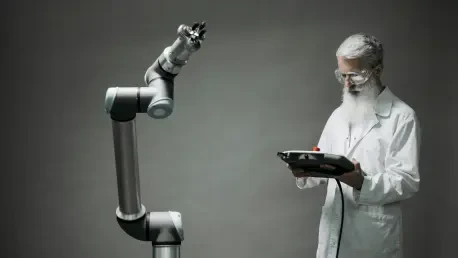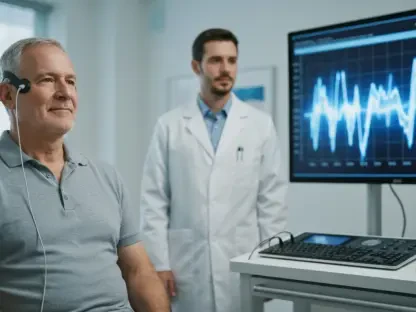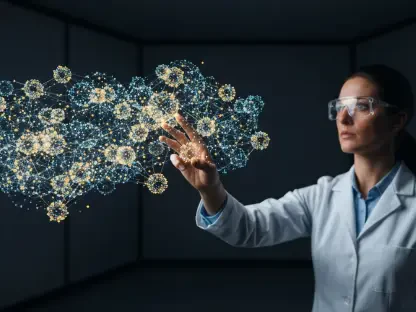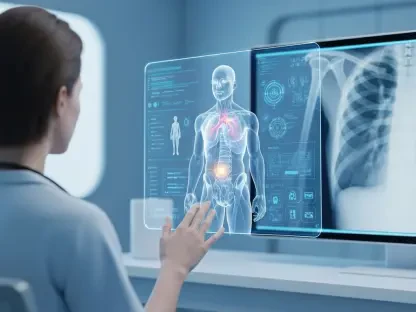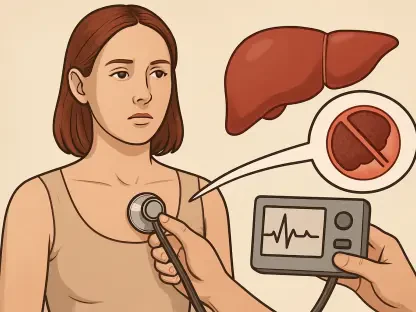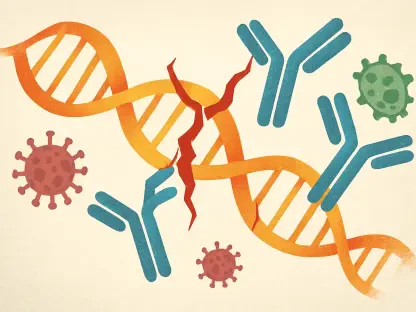In the labyrinthine complexity of human anatomy, accessing deep-lying tumors or delicate organs demands extraordinary precision. Even the slightest miscalculation can lead to serious complications, such as puncturing a major artery or missing malignant tissue entirely. This reality raises pivotal questions: Could traditional needle procedures benefit from AI intervention? And can robotics truly revolutionize precision medicine?
The Dawn of a New Precision Era
Advancements in AI and robotics are steering modern healthcare into a new era, where precision is the benchmark. From the rudimentary image-guided techniques of the late 1800s to today’s AI-enhanced methods, technology has continually raised the bar. These sophisticated systems are not simply about enabling accuracy but are fundamentally shifting the landscape of medical safety and efficacy.
How AI Refines Medical Needle Precision
AI operates through multidimensional components that transform the precision of medical needle procedures. These include perceiving anatomical structures, planning the precise movement of instruments, monitoring the state of these instruments, and autonomously performing the desired actions. This methodology surpasses human capability, as illustrated by case studies where AI-guided robotic needles have shown increased precision in hitting targets, like in a landmark study across several top universities.
The Experts Weigh In
Ron Alterovitz, alongside his research collaborators, has illuminated AI’s potential to exceed the boundaries of human precision in medical procedures. The stories emerging from their scientific work reveal the boundary-pushing potential of AI, which extends possibilities for surgical precision and patient outcomes. These developments introduce questions about both the transformative power of technology and the limitations that still need to be addressed.
The Practical Path to AI in Clinics
Integrating AI robotics into clinical practice is a multifaceted endeavor. Different levels of AI guidance, from physician-controlled precision (Eyes-on/Hands-on) to full autonomy (Full AI Guidance), offer strategic options tailored to clinical settings. Yet, adoption faces challenges, such as instilling confidence among medical professionals, ensuring compliance with regulations, and smoothly integrating these systems into existing medical practices.
Charting the Future Course
The strides made in AI and robotics have irrevocably changed medical procedures, ushering in a future that offers improved precision and safety in patient care. As technology continues to advance, integrating these innovations into mainstream medical practice will remain crucial. Overcoming implementation hurdles in the healthcare system, building robust regulatory frameworks, and fostering trust with practitioners will be key steps in shaping tomorrow’s medical landscape.
